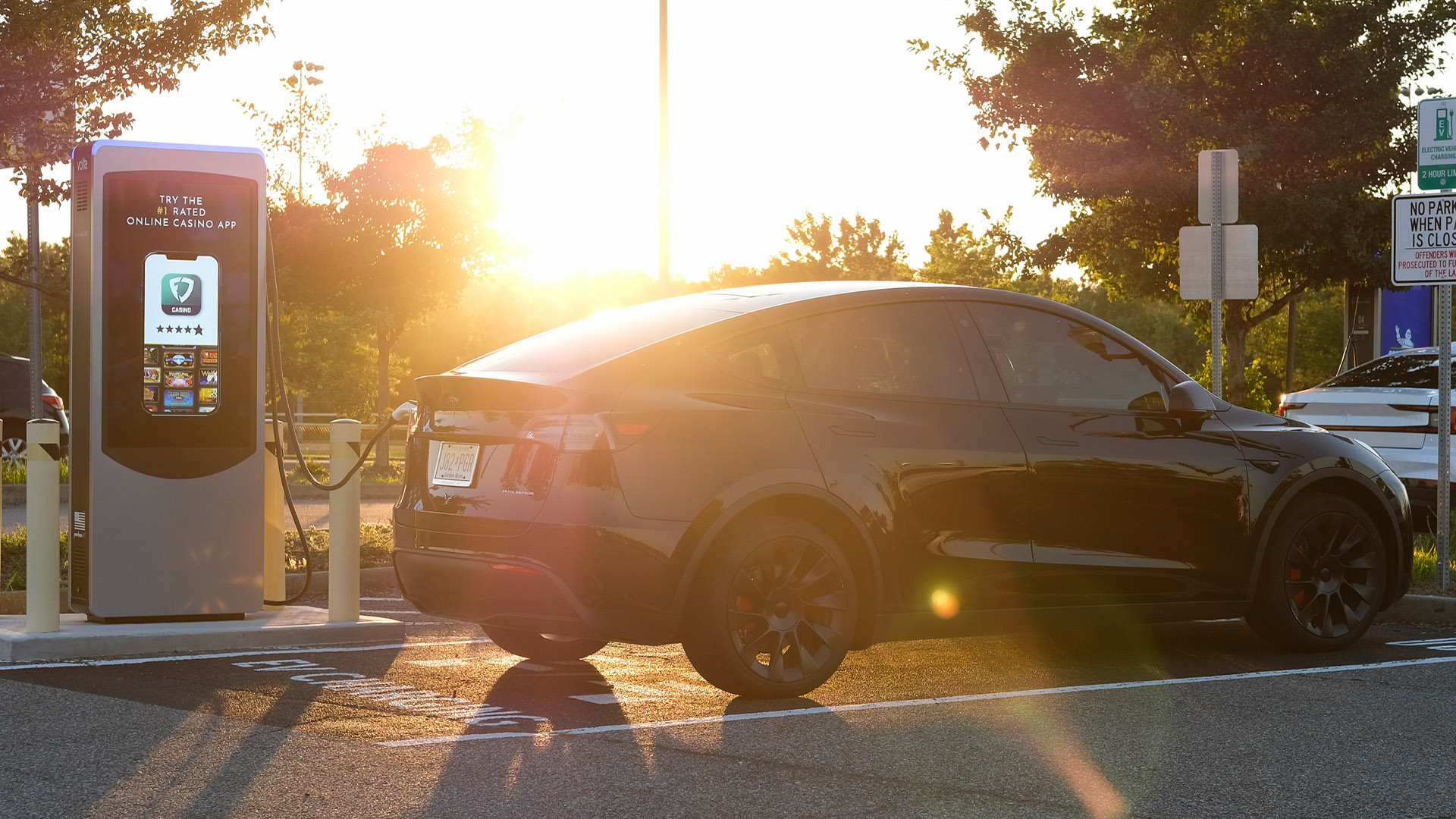

It’s no secret that automakers are gravitating toward electric vehicles—after all, nearly every single one has publicized their plans to migrate their fleets, at least partially, toward battery power. Meanwhile, EV skeptics are calling out slow charging times and potential power grid problems as reasons to avoid making the switch. But there’s one’s one very real, very now problem that EV owners are already running into: unreliable chargers.
Late last year, the second iteration of JD Power’s Electric Vehicle Experience Public Charging Study was released. The report investigates just how satisfied owners are with public charging, and at the time, owners were fairly happy with charging when it actually worked. JD Power has since updated its study with results from the fourth quarter of 2022, and sadly, things aren’t exactly getting better for owners trying to charge on-the-go.

JD Power’s study examined more than 26,500 charging attempts in all 50 states across the U.S. Its latest update determined that the reliability of the charging network has remained fairly static between Q3 to Q4. However, that isn’t really a good thing considering that nearly one in five charging sessions, or 21.4% of all charges, resulted in some sort of problem. For reference, that number is up from 14.3% in Q2 2021.
The most problematic charging network in the U.S.—which wasn’t named by the agency—experienced a whopping 39% failure rate when owners were attempting to charge, or nearly 2 out of every 5 charging attempts resulting in no charge whatsoever being delivered to the vehicle.
On the flipside, the least problematic provider left owners with only 3% of charging sessions experiencing issues.

Despite the percentage unable to charge not changing from Q3 to Q4, owner satisfaction of Level 3 DC fast chargers dropped around 1.4% during the same time. Owners noted a decrease in satisfaction regarding the speed of charging and a decline in the availability of available chargers. Likely, this has to do with aging chargers, software hiccups (including payment processing errors), vandalism, and a lack of routine maintenance, according to Automotive News.
On a personal note—charging woes have been felt even by us at The Drive. I’ve personally struggled with public charging, most recently when I test drove the Hyundai Ioniq 5. In fact, on a road trip, I couldn’t find a functional Level 3 DC fast charger on my route, and instead had to settle for a significantly slower Level 2 charger in order to fuel up on-the-go. Fortunately, I was parking the car for a few hours, but if I was expecting to charge up and continue on my trip within 20 minutes (which is how quickly the Ioniq 5 is rated to charge from 10% to 80%), I would have been a bit upset.
Now, it’s not like charger reliability is an unknown to lawmakers. As part of the National Electric Vehicle Infrastructure (NEVI) program, the NEVI Formula Program was created to collect metrics that measure charger reliability, presumably to ensure continued reliable charger operation across the country. Likewise, states like California have passed legislation to increase the transparency of EV charging infrastructure in an attempt to regulate reliability. Access to a reliable charging is a must for EV adoption to unfold successfully over the next decade, and as JD Power’s more recent update proves, EV drivers are becoming less satisfied with charging quite quickly.
Got a tip or question for the author? Contact them directly: rob@thedrive.com